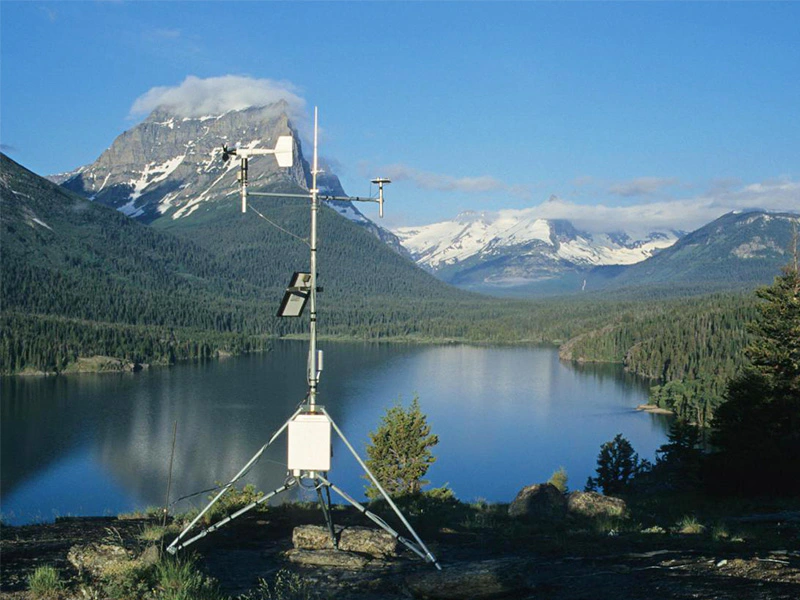What Is a Weather Station

# What Is a Weather Station
Understanding Weather Stations
A weather station is a facility equipped with instruments and sensors designed to measure various atmospheric conditions. These stations collect data on temperature, humidity, wind speed, wind direction, precipitation, and other meteorological parameters. The information gathered helps meteorologists, researchers, and the general public understand current weather conditions and predict future weather patterns.
Components of a Weather Station
Weather stations typically consist of several key components:
- Thermometer: Measures air temperature
- Hygrometer: Measures humidity levels
- Anemometer: Measures wind speed
- Wind vane: Determines wind direction
- Barometer: Measures atmospheric pressure
- Rain gauge: Measures precipitation amounts
Types of Weather Stations
There are several types of weather stations, each serving different purposes:
Professional Weather Stations
These are high-precision stations used by meteorological organizations and research institutions. They provide the most accurate data and are often part of larger weather monitoring networks.
Personal Weather Stations
Designed for home use, these stations allow weather enthusiasts to monitor local conditions. Many can connect to the internet and share data with weather networks.
Automated Weather Stations
These stations operate without human intervention, automatically collecting and transmitting data at regular intervals. They are often used in remote locations.
Importance of Weather Stations
Weather stations play a crucial role in our daily lives and various industries:
- Providing accurate weather forecasts for public safety
- Supporting agricultural planning and operations
- Aiding aviation and maritime navigation
- Contributing to climate change research
- Assisting in disaster preparedness and response
Modern Weather Station Technology
Recent advancements have transformed weather station technology:
- Wireless sensors for easier installation
- Internet connectivity for real-time data sharing
- Solar-powered options for remote locations
- Integration with smartphone apps and smart home systems
- Improved sensor accuracy and durability
As technology continues to evolve, weather stations are becoming more accessible and capable of providing increasingly detailed atmospheric data to users worldwide.
Keyword: what is a weather station